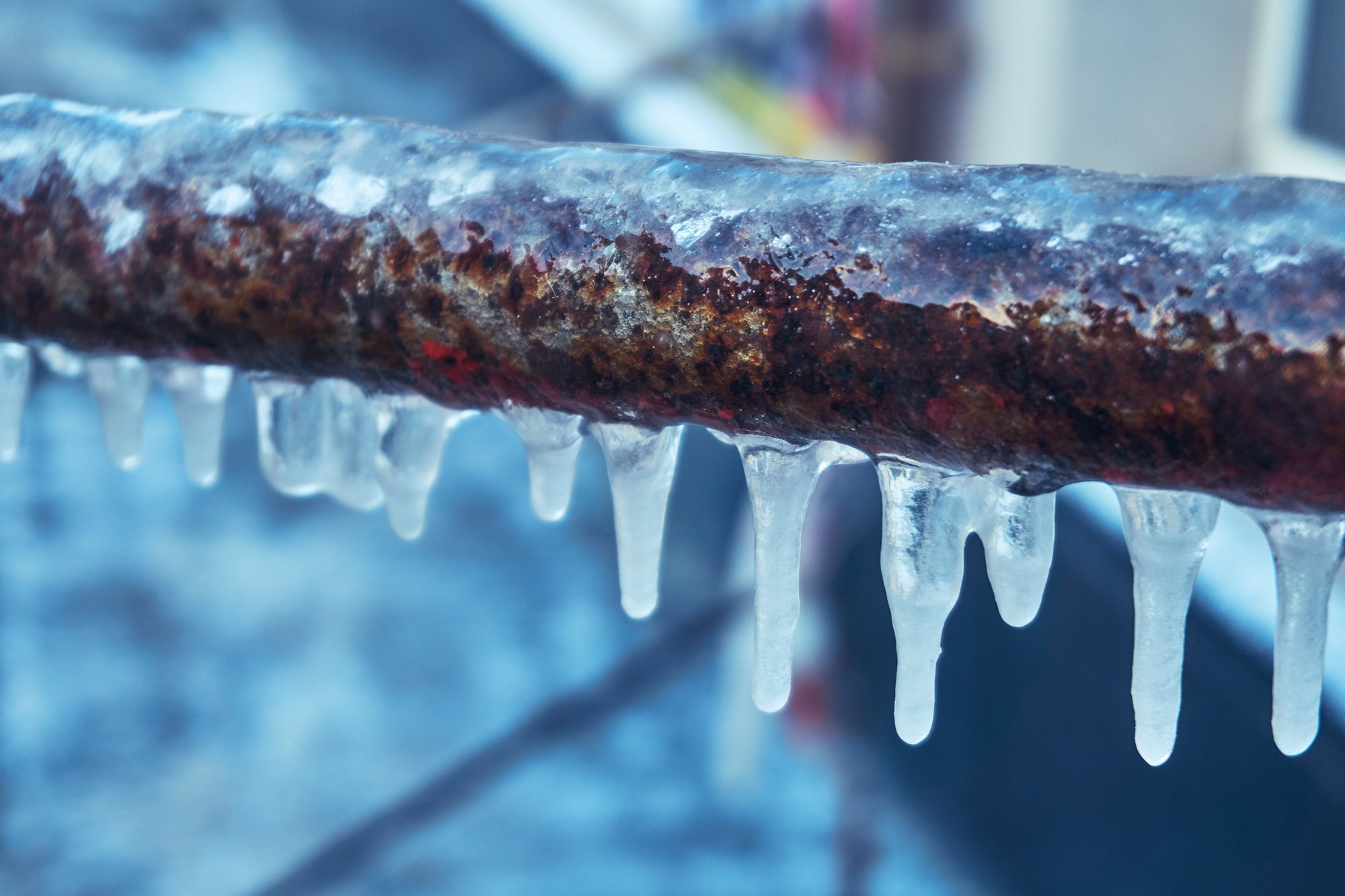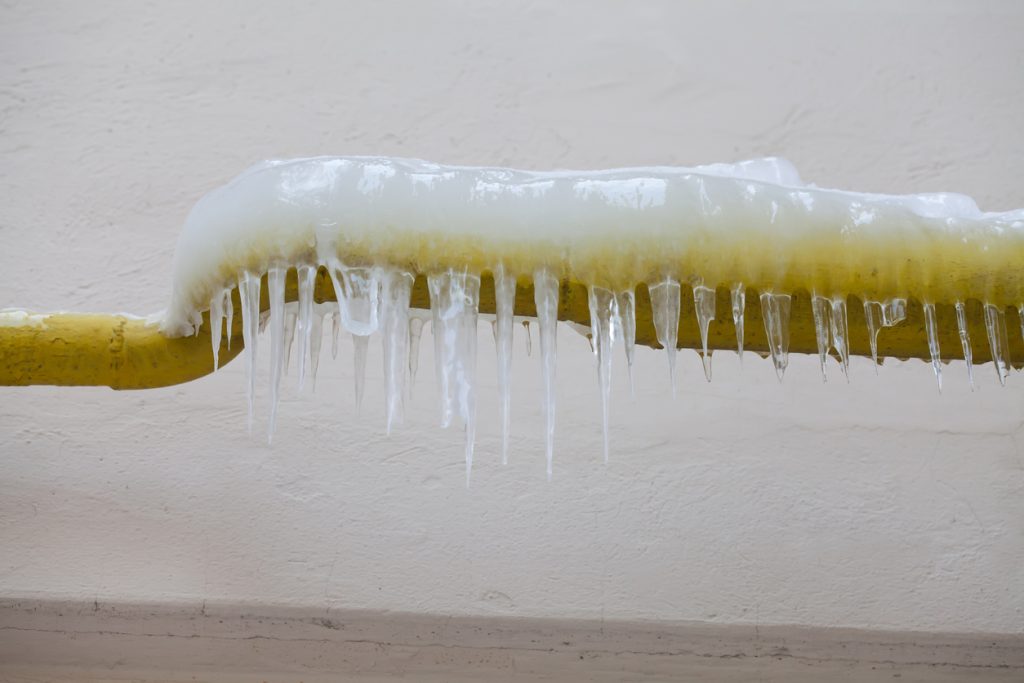Preventing Frozen Pipes in Winter: Expert Tips
Preventing Frozen Pipes in Winter: Expert Tips
Blog Article
They are making a few great annotation on How To Avoid Freezing Pipes overall in the article on the next paragraphs.

Winter can ruin your plumbing, especially by freezing pipelines. Right here's exactly how to avoid it from happening and what to do if it does.
Introduction
As temperatures decline, the danger of icy pipelines increases, possibly leading to pricey repair work and water damages. Understanding how to prevent icy pipes is essential for property owners in chilly climates.
Recognizing Frozen Pipes
What triggers pipes to freeze?
Pipelines freeze when subjected to temperatures below 32 ° F (0 ° C) for prolonged durations. As water inside the pipes freezes, it broadens, taxing the pipe wall surfaces and potentially creating them to rupture.
Risks and problems
Frozen pipelines can cause supply of water interruptions, residential or commercial property damage, and pricey repairs. Ruptured pipelines can flooding homes and create considerable architectural damages.
Indicators of Frozen Piping
Identifying icy pipes early can stop them from rupturing.
How to recognize icy pipes
Try to find decreased water flow from faucets, uncommon smells or sounds from pipelines, and visible frost on subjected pipelines.
Avoidance Tips
Insulating prone pipelines
Cover pipes in insulation sleeves or utilize warm tape to shield them from freezing temperature levels. Focus on pipes in unheated or exterior locations of the home.
Home heating methods
Maintain interior rooms effectively warmed, especially locations with plumbing. Open cabinet doors to allow cozy air to distribute around pipelines under sinks.
Safeguarding Outside Pipes
Garden tubes and outside faucets
Detach and drain garden hoses before winter. Set up frost-proof faucets or cover exterior taps with insulated caps.
What to Do If Your Pipes Freeze
Immediate activities to take
If you believe icy pipes, keep taps open to alleviate pressure as the ice melts. Make use of a hairdryer or towels soaked in hot water to thaw pipelines slowly.
Long-Term Solutions
Architectural changes
Consider rerouting pipelines away from outside wall surfaces or unheated areas. Add added insulation to attics, basements, and crawl spaces.
Updating insulation
Buy high-grade insulation for pipes, attic rooms, and walls. Appropriate insulation aids preserve regular temperature levels and decreases the risk of frozen pipes.
Verdict
Preventing icy pipelines requires proactive actions and quick reactions. By understanding the reasons, indications, and preventive measures, house owners can secure their pipes during cold weather.
5 Ways to Prevent Frozen Pipes
Drain Outdoor Faucets and Disconnect Hoses
First, close the shut-off valve that controls the flow of water in the pipe to your outdoor faucet. Then, head outside to disconnect and drain your hose and open the outdoor faucet to allow the water to completely drain out of the line. Turn off the faucet when done. Finally, head back to the shut-off valve and drain the remaining water inside the pipe into a bucket or container. Additionally, if you have a home irrigation system, you should consider hiring an expert to clear the system of water each year.
Insulate Pipes
One of the best and most cost-effective methods for preventing frozen water pipes is to wrap your pipes with insulation. This is especially important for areas in your home that aren’t exposed to heat, such as an attic. We suggest using foam sleeves, which can typically be found at your local hardware store.
Keep Heat Running at 65
Your pipes are located inside your walls, and the temperature there is much colder than the rest of the house. To prevent your pipes from freezing, The Insurance Information Institute suggests that you keep your home heated to at least 65 degrees, even when traveling. You may want to invest in smart devices that can keep an eye on the temperature in your home while you’re away.
Leave Water Dripping
Moving water — even a small trickle — can prevent ice from forming inside your pipes. When freezing temps are imminent, start a drip of water from all faucets that serve exposed pipes. Leaving a few faucets running will also help relieve pressure inside the pipes and help prevent a rupture if the water inside freezes.
Open Cupboard Doors
Warm your kitchen and bathroom pipes by opening cupboards and vanities. You should also leave your interior doors ajar to help warm air circulate evenly throughout your home.

As a passionate person who reads about Helpful Tips to Prevent Frozen Pipes this Winter, I thought sharing that chunk was a great idea. In case you enjoyed reading our page please make sure you remember to pass it around. I praise you for your time. Revisit us soon.
Click Here Report this page